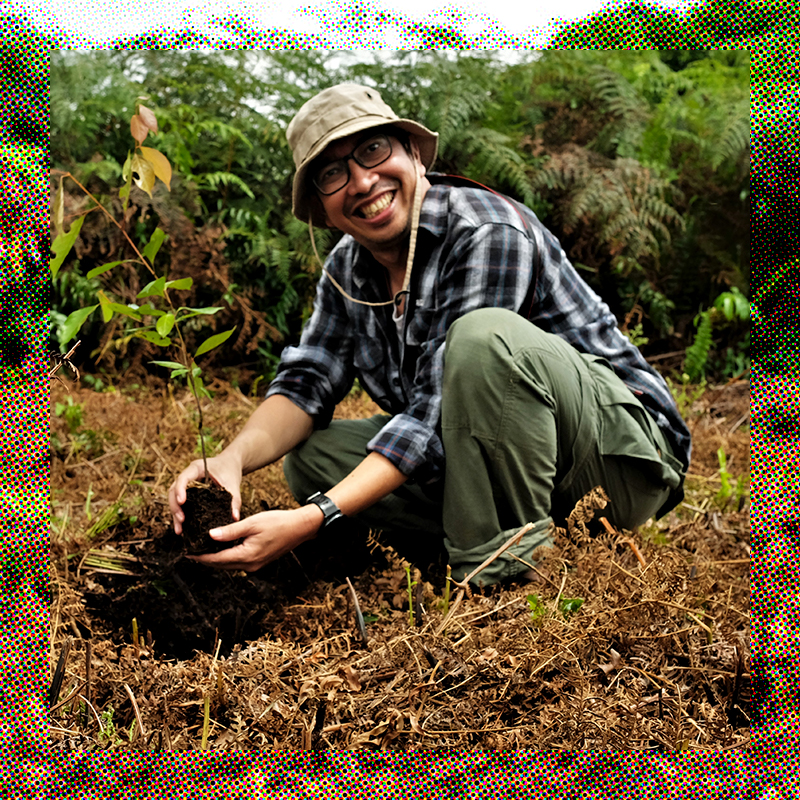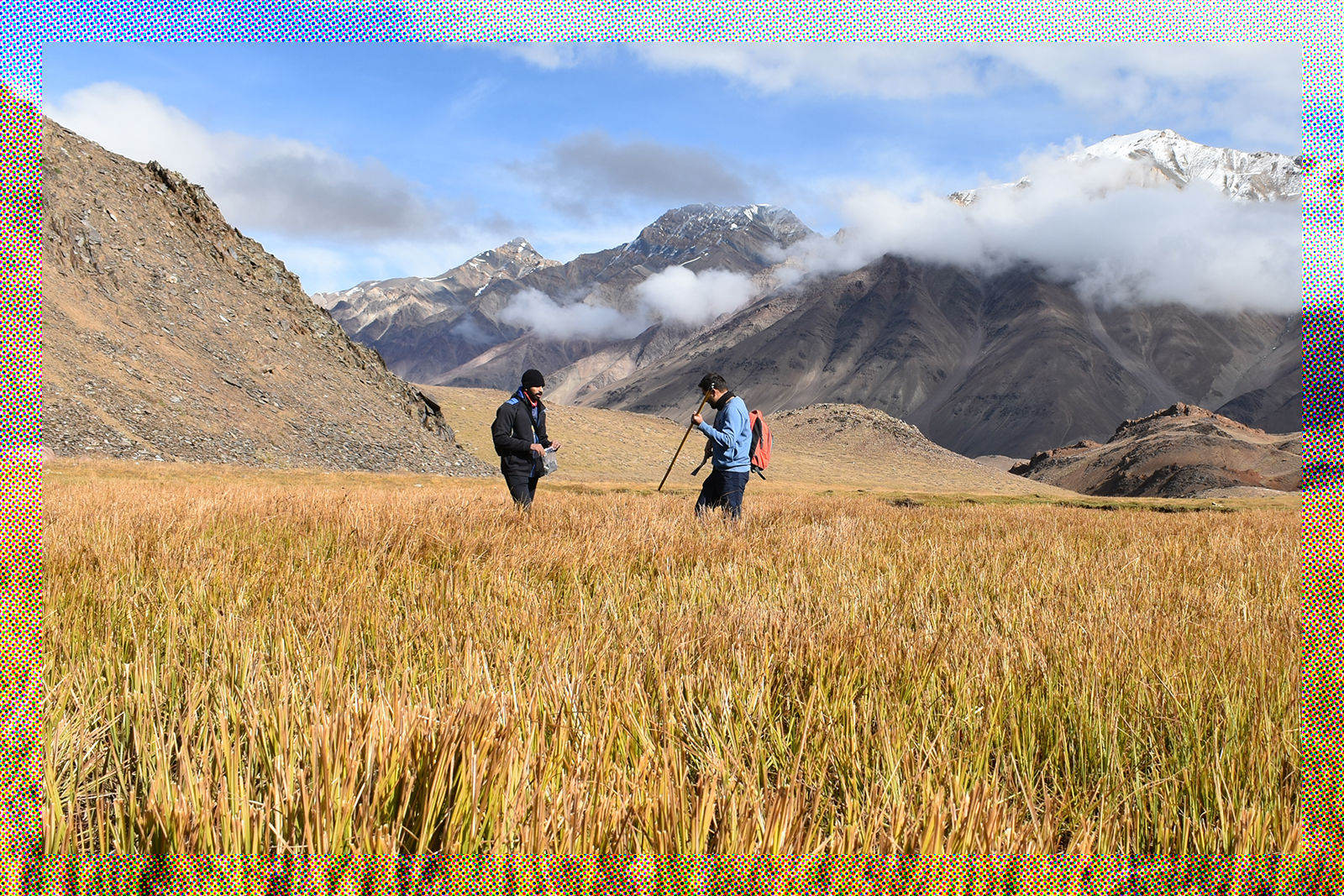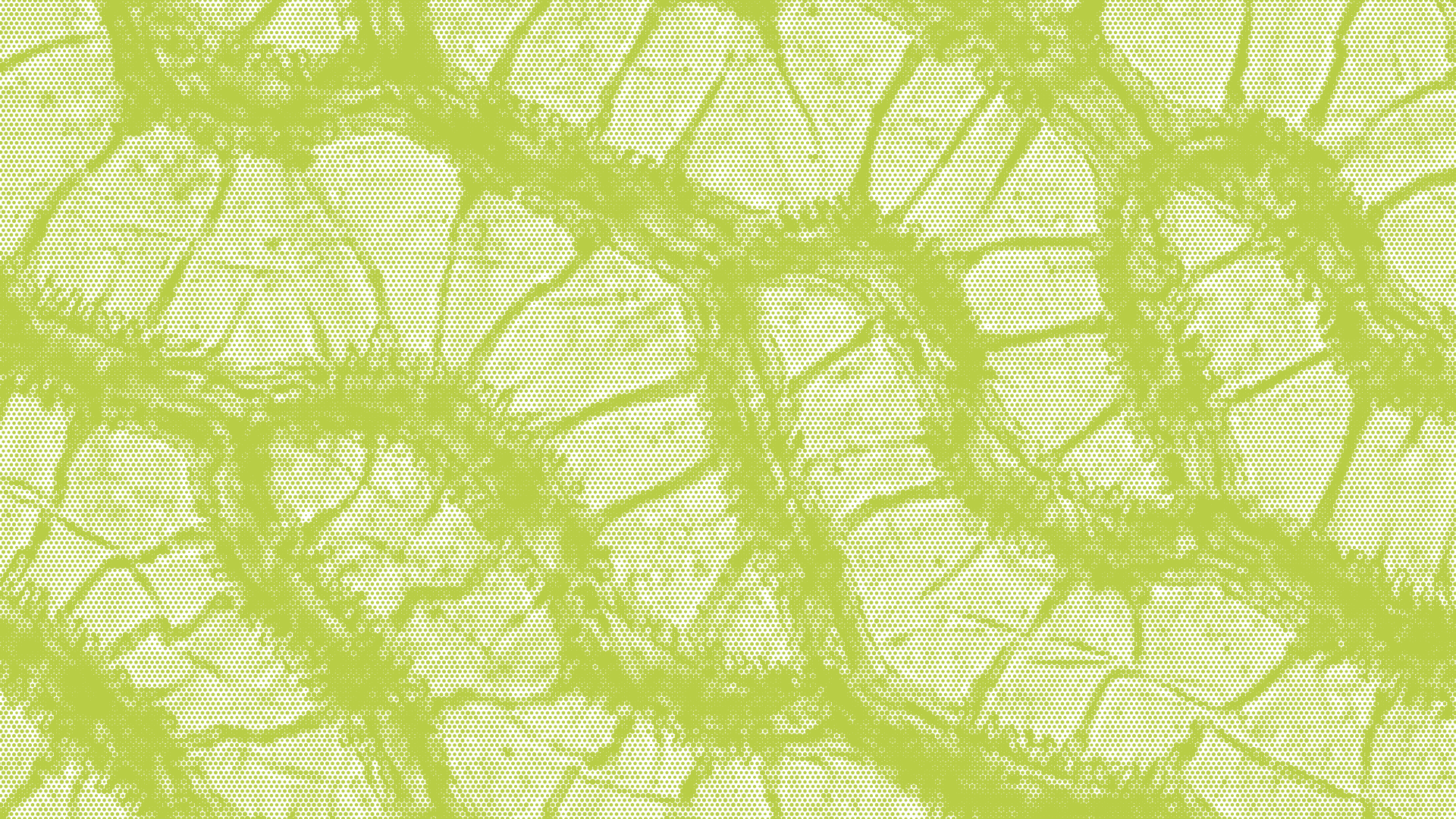Our theory of change
Our theory of change encapsulates the three main phases of our work: to inspire, mobilise and upscale.
Inspire
To create societal demand for wetland action, we aim to inspire by engaging both heart and minds. We bring attention to the critical issues facing wetlands, as well as the levers for change.
Mobilise
To enable action and create conditions for upscaling, we mobilise action through dialogue, analysing different options for land and water management. In this way, we build coalitions of actors for implementing activities that reconcile different uses of wetland natural resources and integrate the values of healthy wetlands into the local economy.
Upscale
To increase the scale of our impacts by enabling others to implement solutions, upscaling involves replicating successful outcomes and combining forces with partners to head off damage and encourage positive change at scale.
Our target is to safeguard undrained peatlands and for 50 million hectares of drained peatlands to be rewetted by 2050 in order to reach carbon neutrality
Our approach
A number of countries have begun to unlock nature-based solutions with large-scale conservation and restoration efforts of peatlands. Turning these individual initiatives into widespread global action is our ambition in the coming decade. This requires both “bottom-up” action by civil society and “top-down” approaches by governments and the private sector, as well as inter-sectoral collaboration and new partnerships.
We apply a three-pronged approach:
- To prevent degradation we focus on enabling protection of the remaining most intact peatlands in all regions.
- To reduce degradation we reduce the impact of peat-based sectors through promotion of regulation and new industry standards which eliminate damaging practices such as drainage. Alongside this we aim to incentivise alternative wet agricultural crop production systems.
- To restore peatlands we enable hydrological and ecological recovery at a landscape scale.
These three approaches are often all necessary in combination within different zones in major peatland landscapes. In all three approaches, we aim to promote the best combination of government control and facilitation, community action and sustainable agri-business practice.

Safeguarding Peatlands
To safeguard peat-rich landscapes and their biodiversity, we focus on improving protection status, preventing damaging practices and incentivising restoration and sustainable management.
This includes a focus on safeguarding the biodiverse, mega-peat stores such as those in the Arctic and Congo basins and enabling integrated conservation and restoration programmes in high-value peatland landscapes, including those remaining in Europe and Russia, Southeast Asia, the high mountain wetlands of the Andes and Himalayas, the Nile Basin in Africa, La Plata Basin and Patagonia in South America.
Sustaining Healthy Peatland Economies
Peatlands can be cultivated with crops that are adapted to wet soil conditions – a practice known as paludiculture. This can reduce or even stop greenhouse gas emissions from peatlands and at the same time provide sustainable livelihoods for local communities. Sustaining peatlands in a productive state also reduces commercial pressure on adjacent non-peat lands.
There are hundreds of commercially viable, native plant species that are adapted to wet agriculture and progress has been made to identify and grow them. Paludiculture is compatible with valuable ecosystem services provided by peatlands such as water regulation, carbon storage, biodiversity and disaster risk reduction.
By incentivising the development and upscaling of commercially viable wet peat agricultural production using native species, it is possible to speed up the withdrawal of drainage-based production systems.

Repairing the Damage
We work with the private sector, governments and local communities to demonstrate and create incentives and investment in large-scale peatland rehabilitation and long-term conservation and sustainable use.

Restoring peatlands is nearly always starts by repairing the damage to hydrology done by drainage. In response to major peat fires in Indonesia, we piloted the partial rewetting of 60,000 hectares of drained and degraded peatlands in the Ex-Mega Rice Project area in Central Kalimantan (Borneo), using our practical experience to develop ditch-blocking manuals that guided community-level action.
Communities at Heart
Communities are the foundation of how we conserve and restore peatlands. Rural communities, including many indigenous peoples, depend on peatlands for agriculture, forestry, grazing and energy, and are the backbone of their local economies.
We aim to expand community-based peatland management across multiple landscapes by showcasing inspiring examples of successful local economies in peatlands to upscale finance, stimulate innovation, fill knowledge gaps and connect with global learning platforms to share knowledge, tools and experiences.

Carbon Financing
If we are to reach the target of the Paris Agreement, we need to urgently safeguard and restore peatland carbon stores. To make that happen, both public and private finance have to be mobilised at scale. That is why we are collaborating with governments to achieve their Nationally Determined Contributions and with companies to support responsible corporate climate action. In this context, the role of credible voluntary carbon markets is essential. Companies must take their responsibility by reducing their own emissions and by compensating their residual emissions throughout their pathway to net-zero.
Wetlands International has contributed to national Greenhouse Gas Inventories and voluntary carbon markets by developing the science and knowledge base, in particular carbon accounting methodologies and guidelines based on pilot projects on the ground. This has resulted in substantial investments in the conservation and restoration of diverse wetland ecosystems, avoiding carbon emissions and removing carbon from the atmosphere, alongside the creation of social and biodiversity benefits.


